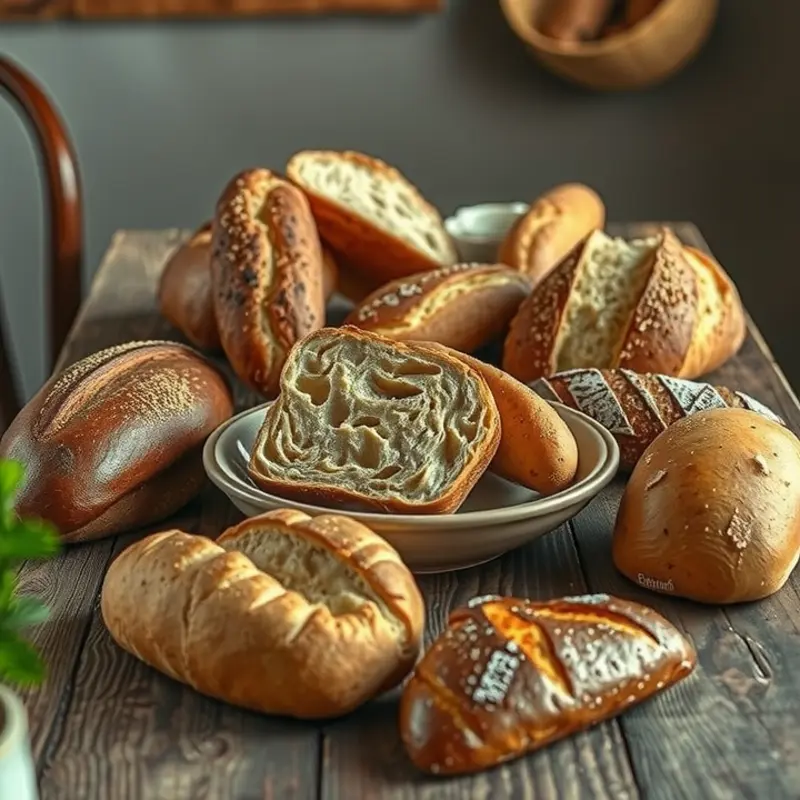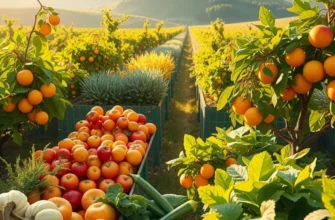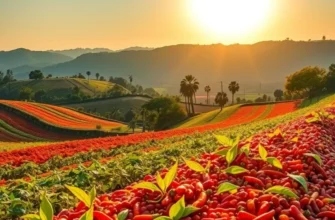Every dish carries a story, often rooted in ancient rituals and traditions. From the reverence of harvest to the sacredness of communal feasts, diverse cultures have intertwined their culinary practices with spiritual practices that reflect their histories. Join us as we traverse the globe, uncovering the fascinating connections between food and ancient rituals. Discover the flavors, ingredients, and practices that have enchanted palates and nourished souls throughout the ages.
The Sacred Grains: Rice and Rituals Across Cultures

Rice is more than food; it’s a profound cultural symbol, embodying concepts of fertility, prosperity, and community. Across diverse cultures, rice holds a sacred place in rituals and traditions, demonstrating its intrinsic value beyond mere sustenance. Southeast Asia, where rice is a lifeline, offers a rich tapestry of ceremonies marking life’s milestones. These rituals reveal how deeply rice is woven into the cultural fabric.
In Bali, the ‘Ngaben’ ceremony, a traditional cremation process, includes offerings of rice. This sacred grain symbolizes reincarnation and life’s continuity. Rice paste, shaped into tiny, intricate figures, adorns the altars amid vibrant flowers. These figures, called ‘Kwangen,’ act as vessels to guide spirits to the afterlife. The Balinese belief in reincarnation is strengthened by the presence of rice, pointing toward future prosperity and harmony.
Similarly, in Japan, rice plays a pivotal role in the ‘O-Shogatsu’, the New Year celebration. Families prepare ‘Mochi,’ sticky rice cakes, in a ritual known as ‘Mochitsuki.’ This communal activity bonds families and communities, embodying the spirit of togetherness, a core aspect of Japanese culture. The round shape of mochi symbolizes the cycle of life and the renewal that comes with each New Year, creating a hopeful outlook for the year ahead.
In India, rice holds a sacred status in weddings. Rituals like ‘Akshat,’ where rice is used as a ceremonial offering, symbolize blessings for prosperity and fertility. During the ceremony, unbroken rice grains are sprinkled over the couple, signifying the wish for their fruitful union and a prosperous life together. These grains are more than just food; they are seen as carriers of divine blessings and good fortune.
Thailand celebrates the ‘Loy Krathong’ festival, lighted by floating rice arrangements. Small rafts, crafted from banana leaves and rice, are floated down rivers to pay respects to water spirits. This act of reverence shows gratitude for what sustains life and offers hope for bountiful harvests. Rice in these rituals underscores the natural cycle of giving and receiving, integral to Thai culture’s harmony with nature.
Diverse rice dishes further highlight its multifaceted role in rituals. In Sri Lanka, ‘Kiribath,’ or milk rice, marks auspicious occasions. Cooked with coconut milk to symbolize prosperity and purity, it is cut into diamond shapes representing balanced living. Each piece consumed during festivals like ‘Avurudu’ (New Year) or ‘Poya’ (full moon) links participants to a tradition rich in history and spirituality.
Rice’s role is prominent in rituals and provides a cultural lens to understand communities’ values. Its presence at weddings, funerals, and other key life events reflects its symbolic power and its ability to forge connections. This unity through shared traditions underscores the deep appreciation for rice, ensuring its revered place globally.
For more on how cultural exchanges have enriched global cuisines, see our discussion on culinary influences from trade.
The Feast of Community: Bread and Traditional Gatherings

Bread, in its simplest form, is a combination of flour, water, and yeast. Yet, its role throughout history is profound, serving as a centerpiece in gatherings and cultural rituals worldwide. Bread is far more than sustenance; it embodies a universal symbol of nourishment, unity, and peace.
Throughout history, the act of breaking bread has served as a metaphor for hospitality and trust. In many cultures, sharing bread represents the formation of a bond, an unspoken commitment to community and fellowship. The ritual spans beyond linguistic barriers and is as old as civilization itself.
Consider the Jewish tradition of challah, a braided loaf replete with symbolic meaning. Embodying honor and dedication to religious commandments, two loaves of challah are placed at the Shabbat table every Friday. The interconnected strands of challah signify love and harmony, nurturing a sense of unity among those gathered.
Similarly, panettone holds a cherished place in Italian households during the Christmas season. This sweet, airy bread, often filled with dried fruits, serves as a cornerstone of festive gatherings. Its origins, rooted in the effervescent attitudes of Milan during the late Middle Ages, illustrate the convergence of tradition and indulgence. Gifting panettone not only symbolizes prosperity but also extends conviviality and warmth.
Bread also plays pivotal roles in various other cultural settings. In France, the baguette remains a staple of daily life, often embodying the idea of simplicity and cultural identity. Traditionally baked multiple times daily, the baguette’s presence on the table breathes life into daily gatherings and family meals.
In Easter celebrations across Eastern Europe, the baking of sweet breads such as paska brings communities together. These ornamental breads, often fashioned in elaborate shapes, are blessed in church and carry robust connotations of renewal and life. Such traditions highlight not only the religious importance but also the communal aspect embedded in these customs.
These communal rituals surrounding bread reveal a striking similarity to those found in global cuisines, where the boundaries of tradition blend with contemporary practices. See how culinary influences across trades blend traditional and modern flavors.
Thus, as we break bread, we don’t merely partake in a meal. We participate in an ancient rite, steeped in the shared experiences of countless generations. Through tradition, bread transforms into an artifact of cultural significance that bridges past and present, promoting a universal sense of belonging and collective identity.
Final words
Food is a reflection of culture, deeply intertwined with the rituals and traditions that shape our lives. Each bite transports us back to the significance of the grains and ingredients, carrying stories from centuries past. As we explore these ancient rituals, we gather insights into not just the history of our cuisines, but also the ongoing practice of honoring tradition in modern dining. Whether shared at a communal feast or prepared for personal enjoyment, these foods invite us to connect with our ancestors and the collective memory of our cultures. Embrace the flavors of history in your next meal and celebrate the rich tapestry of our culinary heritage.








